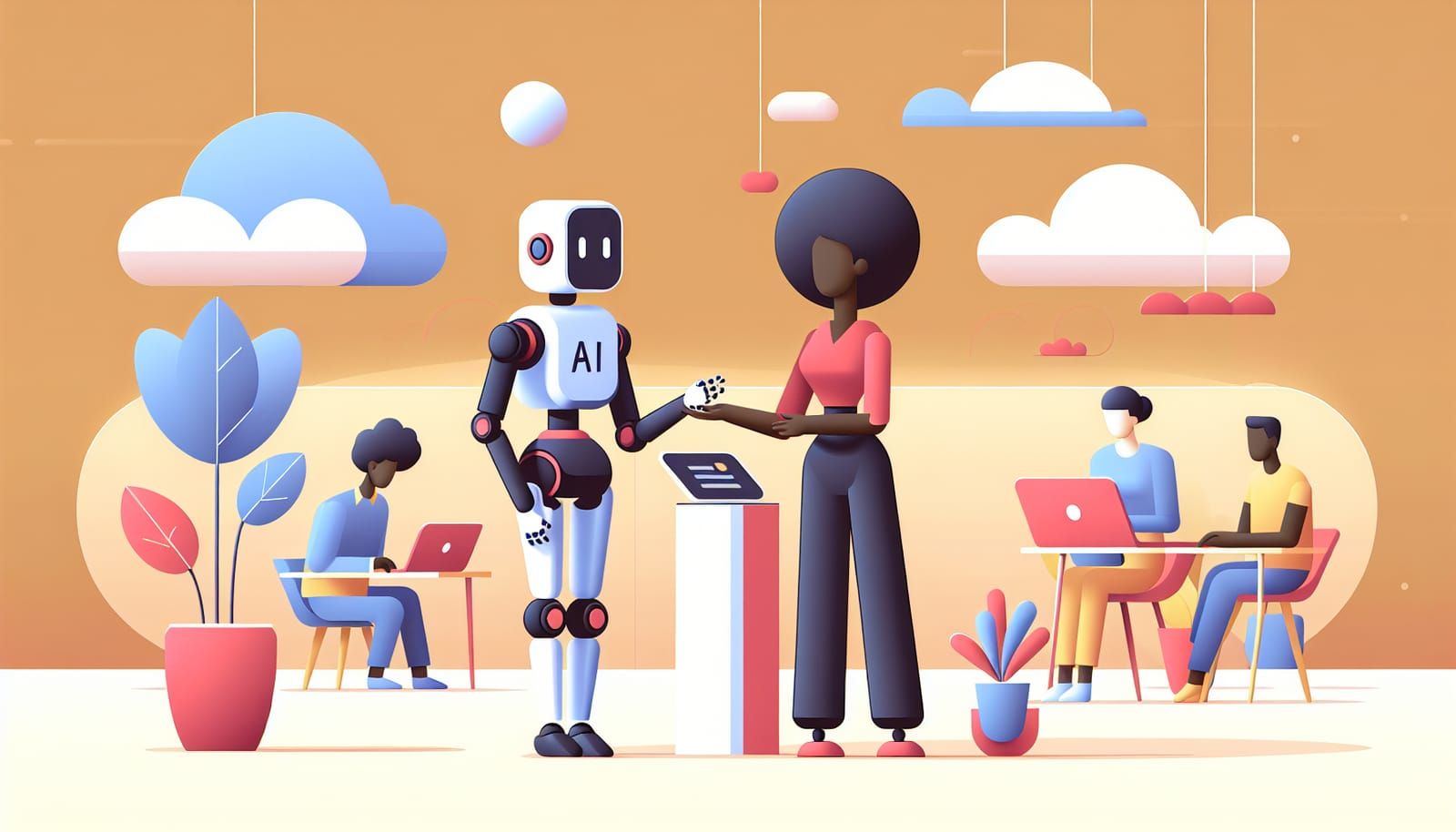In our ever-evolving world, artificial intelligence (AI) is becoming an integral part of our daily lives. From the ads that pop up on our social media feeds to the recommendations we get on streaming platforms, it often feels like AI has a sixth sense when it comes to understanding our preferences and behaviors. But does it really "know" us? Let’s dive into this fascinating topic to uncover the truth about AI and its capabilities.
The Illusion of Understanding
When you scroll through your favorite app and see an ad for a product you were just thinking about, it's easy to feel like the algorithm is reading your mind. However, this isn't the case. AI doesn't possess emotions, thoughts, or consciousness. Instead, it relies on patterns and data to make predictions about what you might like.
AI algorithms analyze vast amounts of information, such as your previous searches, clicks, and interactions. By doing this, they can identify trends and suggest products or content that align with your interests. It’s all about statistics and probabilities rather than genuine understanding.
For example, if you often watch videos about cooking, an AI might suggest a new kitchen gadget. It’s not because it “knows” you love cooking; it’s merely recognizing a pattern in your viewing history.
How AI Analyzes Data
To understand how AI works, let’s break down the process. AI systems collect data from various sources, such as social media activity, online purchases, and even your location. This data is then used to create profiles that help predict your preferences.
- Data Collection: Every time you like, share, or search for something online, you're contributing to a dataset.
- Pattern Recognition: AI algorithms sift through this data to identify trends and correlations.
- Prediction: Based on those patterns, AI can make educated guesses about what you might want next.
So, while it may seem like AI has a deep understanding of you, it's really just a sophisticated process of analyzing data and recognizing patterns.
The Role of Machine Learning
Machine learning, a subset of AI, plays a crucial role in this process. It allows AI systems to learn from data over time, improving their predictions as they receive more information. This is similar to how we learn from our experiences.
For instance, if an AI notices that you frequently skip ads about fitness products but engage with cooking-related content, it will begin to prioritize cooking ads over fitness ones in the future. This learning process happens behind the scenes and is why AI can feel so personalized.
However, it’s important to remember that machine learning is still limited by the data it has. If the data is biased or incomplete, the predictions will be as well. So, while AI can adapt and change, it doesn’t truly “know” you in the way a friend or family member might.
Privacy Concerns
As AI continues to evolve, many people are becoming more concerned about their privacy. With AI systems collecting tons of personal data, questions arise about how this information is used and who has access to it.
Most platforms that utilize AI have privacy policies in place, but it’s essential to read and understand them. Knowing how your data is used can help you make informed decisions about which platforms to engage with.
For example, you might choose to limit the amount of personal information you share online. This can reduce the accuracy of AI predictions, but it also enhances your privacy.
The Limitations of AI
While AI is impressive, it has its limitations. It cannot understand emotions, context, or cultural nuances in the same way humans do. For example, if you search for “best ice cream,” AI can suggest popular brands. However, it cannot comprehend why you might be searching for ice cream in the first place — perhaps you just had a breakup, or you're celebrating a special occasion.
Moreover, AI struggles with ambiguity. If you type “apple,” is that a fruit or a tech company? AI can’t infer the context without additional information. This highlights that while AI can analyze data and make predictions, it lacks the human touch that comes with genuine understanding and empathy.
The Future of AI and Personalization
As technology advances, AI will continue to improve its ability to analyze and predict our preferences. Future developments may include more sophisticated algorithms that can incorporate emotional intelligence, making interactions feel even more personalized.
However, it’s crucial to maintain a healthy skepticism about AI’s insights. Remember, it doesn’t truly know you; it simply provides recommendations based on the data it has.
In the future, as consumers, we will need to strike a balance between enjoying the conveniences offered by AI and protecting our privacy. By being aware of how AI works, we can make better choices about how we engage with technology.
Artificial intelligence is a powerful tool that can enhance our lives in many ways, from personalized recommendations to smart home devices. However, it’s essential to remember that AI doesn’t really “know” us; it interprets data to make educated guesses about our preferences.
By understanding the mechanisms behind AI, we can appreciate its capabilities while remaining aware of its limitations. So the next time an ad feels eerily accurate, remember that it’s just a well-informed guess rather than a true understanding of who you are.
As we continue to explore the world of AI, let’s embrace its potential while also advocating for our privacy and understanding its limitations. The future of AI is bright, and with knowledge comes power!


